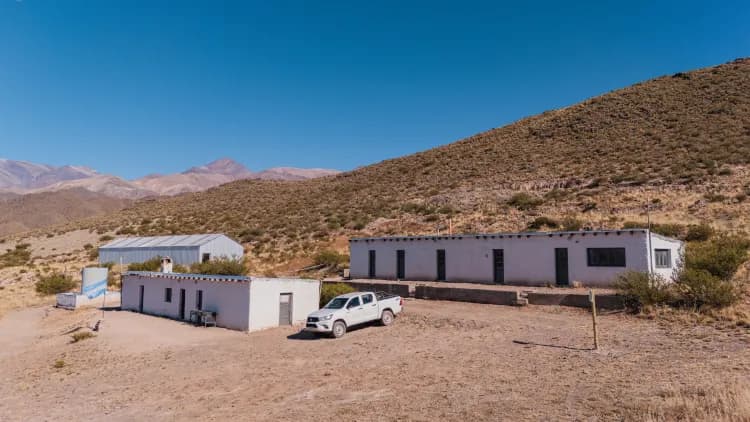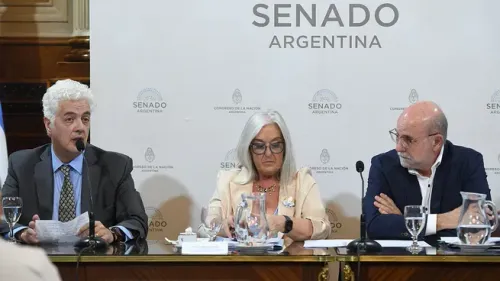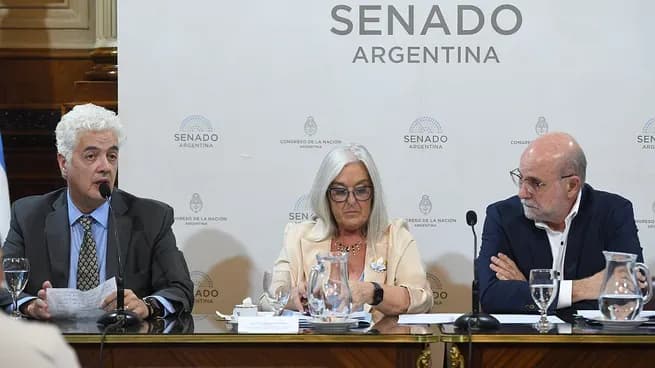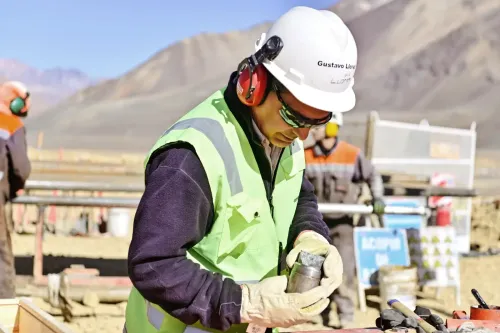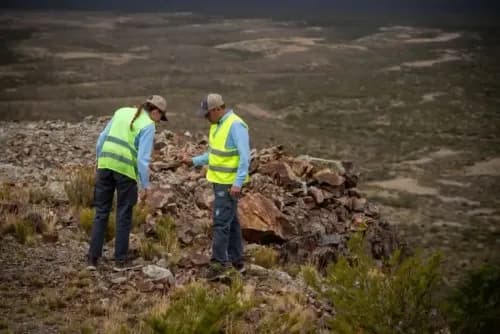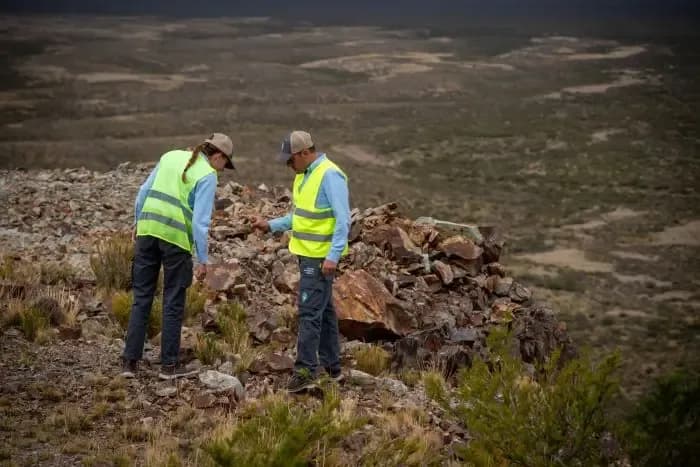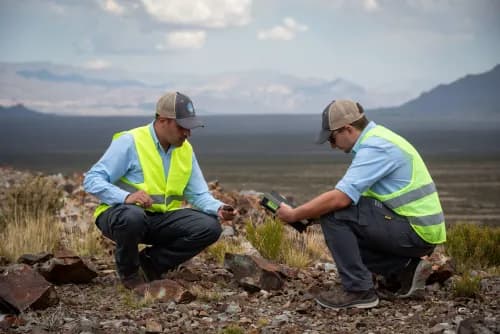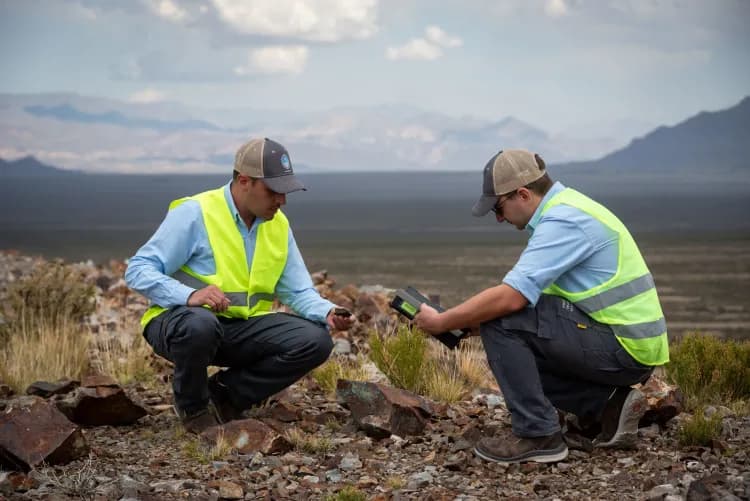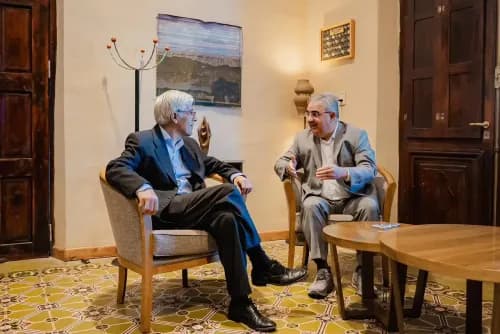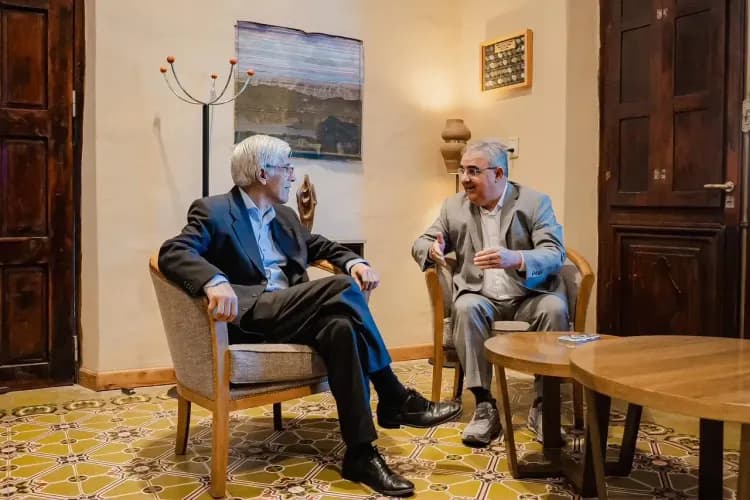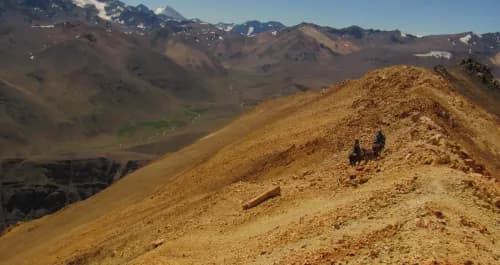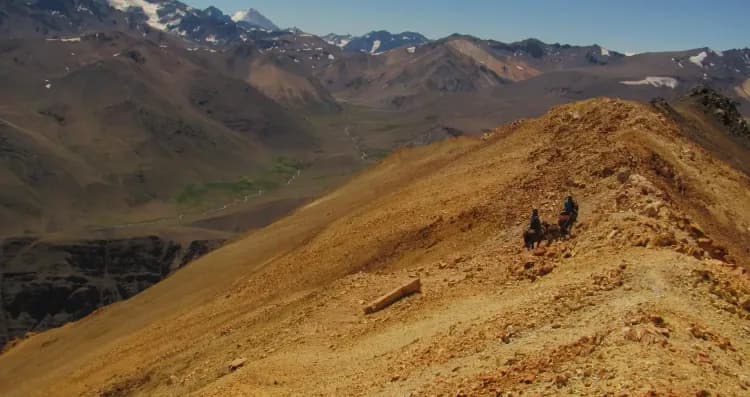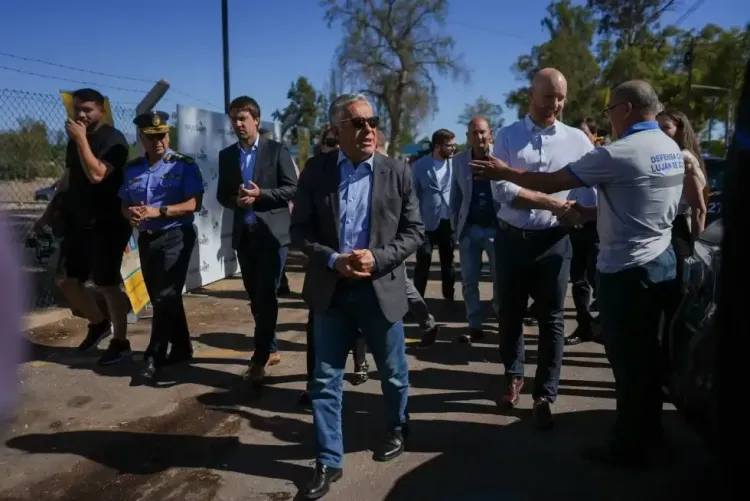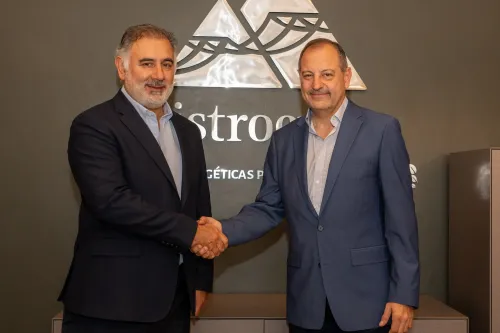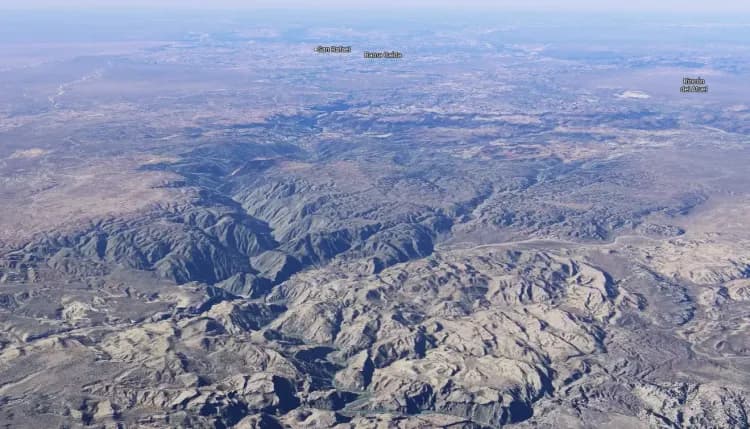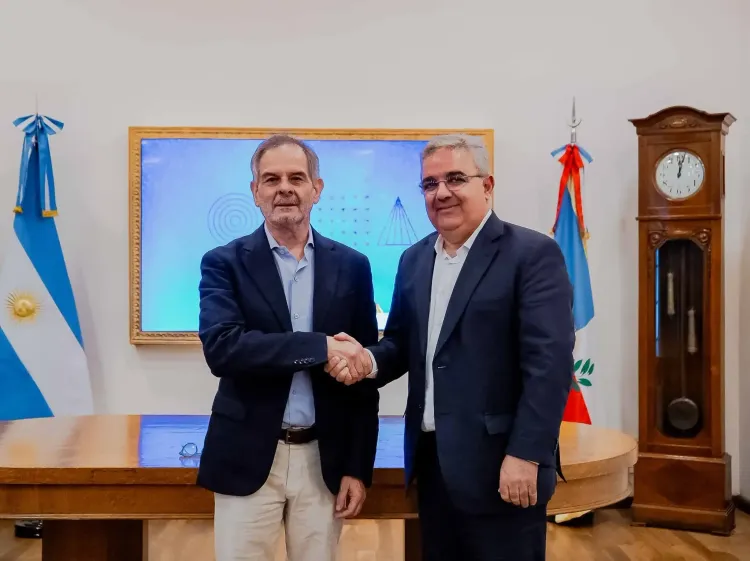Among sapphires, rare earths, and geothermal energy, these are some of the various mineral deposits, some of which could represent economic interest in the future.
By Panorama Minero
Jujuy has vast geological potential with mineral resources that could represent opportunities for the province's economic development beyond the already well-known metal ores and lithium. The Argentine Geological and Mining Service (SEGEMAR) has identified the presence of minerals such as sapphires, rare earths, and copper, although so far, only geothermal energy appears to offer concrete potential for exploitation. However, the exploration and detailed evaluation of these resources will be key to determining their economic and environmental viability in the future.
Nicolás Larcher, a specialist in metallogeny and geochemistry at SEGEMAR, explained that sapphires have been found associated with the Granada volcano, located north of Piquitas, as well as in alluvial placer deposits rich in gold and tin. Specimens up to 5 mm were identified in these deposits, although the exploration carried out so far has been shallow and has not demonstrated economic viability for their extraction.
The discovery of sapphires dates back to the early 2000s, when geologist Alba Ramírez conducted scientific studies in the region. However, no significant quantities or adequate concentrations have been determined to justify an investment in their extraction.
Sapphire is a variety of corundum, an aluminum oxide with a
characteristic blue hue. Its economic value depends on the size and
quality of the gemstone, as impurities and fractures affect its value
in the jewelry market," explained Larcher.
Mining exploration in remote areas is costly and requires environmental and community permits. While some claims have been made, there is no certainty that deep exploration work has progressed. For now, the sapphires in the region are considered more of a geological curiosity than a viable mining resource.
Rare Earth Occurrences Identified
Rare earth elements include neodymium, lanthanum, and ytterbium, among others. These are in high demand by the technology industry due to their use in alloys, magnets, and electronic components.
Globally, China controls most of the rare earth production, which generates strategic concerns for countries in the European Union and the U.S. In this context, the search for new deposits outside of China has intensified, which could represent an opportunity for Argentina, according to the geologist.
He detailed that some minor occurrences of rare earths have been identified in Jujuy and Salta, particularly in the Sierra de Rangel and Sierra de Aguilar, between Yacoraite and Humahuaca. However, the known deposits to date are small-scale and require more detailed geophysical studies and exploration to assess their economic viability.
There are claims in the west of Salinas Grandes, but the progress of
these projects is not published, as the information is managed by
private companies," Larcher explained, alongside Rolando Cabrera, the
SEGEMAR geologist in Jujuy.
While interest in rare earths is growing, there are still no conclusive studies confirming the feasibility of exploiting these elements in the region.
Geothermal Potential and Claims
Geothermal energy is the most promising energy source in Jujuy. SEGEMAR has a specialized team that has implemented advanced methodologies for prospecting geothermal resources in the Puna and the Sierra de Santa Bárbara.
The geologists reported that Dr. Yesica Peralta and her team from CONICET have studied the region's potential, and there are records of studies conducted in the 1970s by geologist Beatriz Coira. In the Tuzgle area, Geotermia Andina holds a mining claim to assess the possibility of generating electricity from the heat beneath the surface. Additionally, the public-private company JEMSE also holds concessions in the region.
Geothermal energy is a renewable, base-load energy, which means it
can generate electricity 24 hours a day, unlike solar energy, which
depends on daylight," Larcher explained.
In countries like New Zealand, Iceland, and the U.S., this technology is widely developed, while in South America, only Chile has built a geothermal generation plant.
He also noted that geothermal studies have identified alternative applications, such as heating, agricultural greenhouses, and thermal tourism.
Copper with Small-Scale Producers
In Jujuy, copper has been confirmed in various locations, although large-scale exploration is still in its early stages. Currently, the only ongoing exploitation project is the Martín Bronce project.
One of the most studied deposits has been Eureka, where preliminary explorations were carried out, but a mine has yet to be developed. In the case of the "Lo Oculto" deposit, located south of Susques, drilling has been conducted, but the results did not justify its exploitation.
Copper is often found in porphyry deposits, which form clusters or
groups of mineralization. Sometimes, an area may seem poor in mineral,
but nearby deposits could be richer," explained the specialist.
A geological challenge in the Puna is the presence of thick layers of volcanic ash, which could be masking potential deep deposits. Significant investments in geophysical exploration and large-scale drilling are required to discover these deposits.



